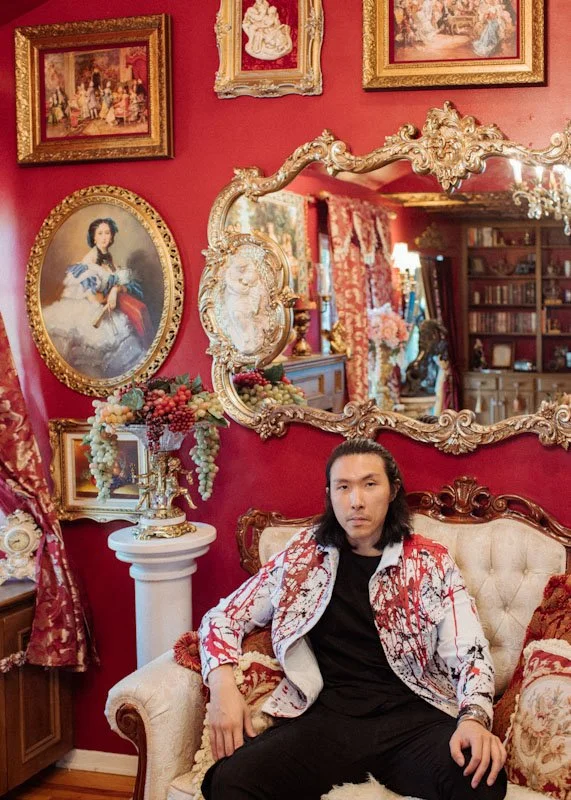Childhood Nostalgia, Consumerism, and the Big Business of Pop Appropriation Art
For HGR hedge fund founder Sean Go, life embraces change and inspiration. With expertise in crypto assets and early-stage ventures, the Manila-born and raised Go is now a pop appropriation artist and curator of Filipino art with a global following. His creations stimulate artistic appreciation, critical cultural conversations about the Filipino diaspora, and global awareness of symbology and the impact of colonialism and consumerism on society.
So what does this all mean? Appropriation in art, by definition, means that trademarked items can be “borrowed” by artists and reimagined in their own work. When artists “appropriate” trademarked brands or characters within an artwork, case law precedents prevail. The new satiric artistic creations will likely meet the minimal creativity threshold or the parody defense. “At the end of the day, it is unlikely that someone would confuse my naughty ‘Playmouse,’ or the bloody ‘Poohnisher’ to exist within the narratives that Disney tells,” he says. “These new artworks are obviously spoofs.”
“Pop art is designed to make you question reality.” Sean Go
Let’s take a look at some of his amazing creations to better understand the impact and power of pop appropriation art. This first image—“Barbie Wawa” —is a piece in my private collection. I love the bold colors and the cultural symbology played out against a familiar childhood toy. As Sean shared, “the Barbie doll was communicated as an ideal standard of ‘All-American’ beauty and the effects of this perception of perfection continue to influence children, even though much of these ideas can be ‘fake,’ like the plastic construction of these toys.”
“Babi Wawa means Barbie doll in Mandarin Chinese. It’s an onomatopoeia of sorts—suggesting that Barbie dolls are for crying babies. In subliminal pop art flavor, this piece is open to various interpretations, ranging from the fantasy of perfection, an eroding sense of self and identity when culturally appropriated, to the anthropomorphic feelings of a Barbie doll when it is discarded.” Go says, “I pay special vintage homage to the advertising style of Shanghai-style posters of the 1900s, primarily marketing tobacco, perhaps an apt metaphor for the degrading or enhancing effects of capitalistic hegemony.” Image credit: Sean Go
“Love Does Not Have a Resume is a piece that dispels the economic myth of rationality. This playful but truthful art is even better in the context of elite circles such as high finance, top-ranked schools, and wealthy families. At the end of the day, we can’t really choose who we love, even if he or she has the perfect resume.” Go adds of this autobiographical piece, “Empirical classes we take often focus on quantitative, measurable metrics. However, circumstances exist where these clinical approaches don’t work, and where intuition and gut feelings may be more appropriate.” Image credit: Sean Go.
“Captain America + Jeepney is a piece that combines Steve Rogers’ notable superhero costume with the spirit of Manila’s jeepneys, which are rooted in decommissioned U.S. military vehicles post-World War II. The fun-spirited piece has deeper symbolism—Filipinos love riding the American wave culturally, and the Filipino dream is even to move to America for many families,” Go explains. “Is this too much of a colonial mentality and should we be more interested in our own unique culture? This piece investigates the theme of colonial mindset and de-coloniality. This piece is an homage to Jasper Johns’ use of the flag, as well as Faith Ringgold in addressing how legacies of coloniality have been and still are with us today, both positive and negative.” Image credit: Sean Go.
Artist Sean Go. Curious to learn more about this multi-faceted artist? Read a more in depth article in Emory Business.



